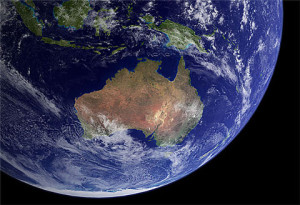World Turtle Day is this Thursday (May 23rd, 2013).
World Turtle Day is held each year to increase knowledge, respect and appreciation for turtles and tortoises, and encourage people to help them survive and thrive. Turtle Day is celebrated worldwide in a variety of ways, from saving turtles at risk to undertaking turtle research.
World Turtle Day was established to engender respect for some of the world’s oldest creatures. Turtles have been around for about 200 million years, yet some species are rapidly disappearing as a result of the exotic food industry, habitat destruction and poaching for pet trade.
Turtles are protected in Queensland. Protecting waterways and adjacent habitats, removing rubbish, and minimising predation and nest disturbance all help towards providing a future for our turtles.
If you’re looking to buy a pet turtle make sure you and the seller have the appropriate permits. For more information about turtles as pets contact the Department of Environment and Heritage Protection (EHP).
Zoo Med celebrates Turtle Week (below).
Australia

Australia from space
- All living turtles can be placed into one of two groups: Side-necked turtles and hidden necked turtles. Hidden necked turtles can pull their head and neck straight in to be completely protected by their shell. Side-necked turtles, which consist of the suborder Pleurodira, curve their necks sideways to tuck their heads under the edge of the carapace, frequently leaving one side of the face exposed.
- All of the turtles in Australia are side-necked turtles belonging to the suborder Pleurodira, except for the Pig Nosed or Fly River Turtle.
- There are no native land tortoises in Australia.
- All Australian freshwater turtles are protected in Australia.
- Australia has some thirty described species and sub-species of freshwater turtle.
- Freshwater turtles naturally occur in all Australian states excluding Tasmania.

Sorry, the comment form is closed at this time.